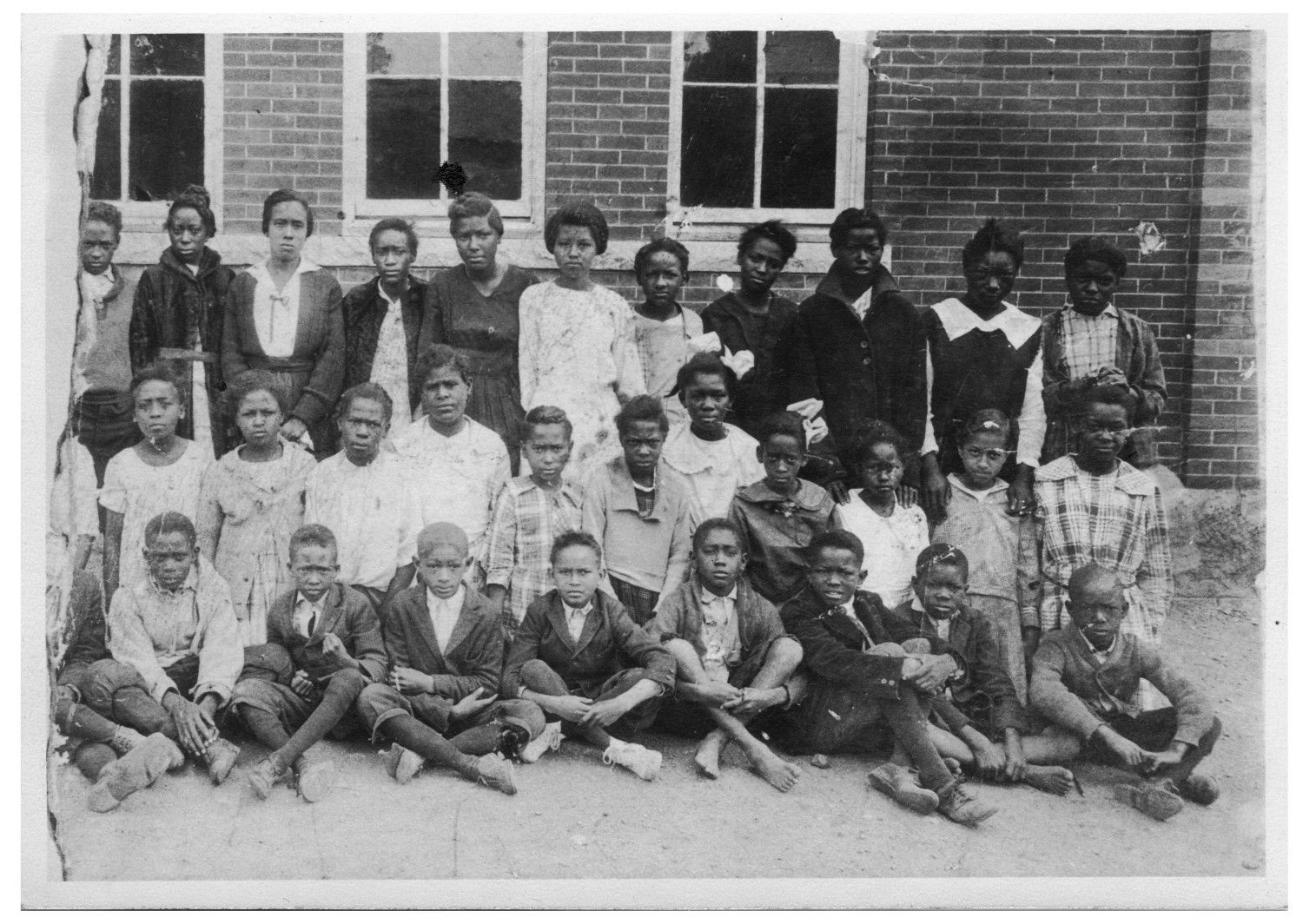Austin Parks and Recreation Department, Oakwood Cemetery Chapel, exhibit “To Emancipate”.
The Communities
Gregorytown

Gregorytown, one of the last urban freedmen communities to be formed in East Austin, was established in 1880 and believed to be named after an early resident, Reverend Daniel Gregory. The community was founded east of Robertson hill and the State Cemetery—it encompassed Chincapin Street (currently Rosewood Avenue), Rector and Comal streets, East 7th Street, and Chicon Street. Residents of Gregorytown worked clerical, service, farming and industrial jobs in the cotton mill industry surrounding the train hub along East 5th Street. Families of the neighborhood attended Wesley Chapel Methodist Episcopal Church and decided to organize a safer alternative two-room Sunday school for their children.
The Gregorytown Sunday school eventually became the Simpson Mission Methodist Episcopal Church, located at the corner of Concho and Gregory Street and continues to have an active congregation. By 1898 a school was founded at 1712 East 11th Street offering junior high, high school, and college preparatory classes to African American Studies. Within the bounds of Gregorytown is the site of Tillotson College which was founded in 1881 and later merged into Huston-Tillotson University at the same location in 1952.
The land around the French Legation property, named after Confederate Corporal George L. Robertson, would become the roots of what was then known as the Robertson Hill freedom community. This early freedmen community was founded in 1869, north of Pleasant Hill and bordered by East 11th Street, Chincapin Street (now Rosewood Avenue), Leona Street, East Avenue (now I-35), and East 14th Street. The first person to buy land in this newly formed area was Malick Wilson who purchased a lot on E. 11th between Curve and Waller streets.
The neighborhood also included European immigrants of German and Italian descent who then left in the early twentieth century. Their homes were sold to successful African Americans after World War I, particularly around E. 11th and San Bernard streets. Robertson Hill was where the Sam Huston Normal College for African Americans, a precursor to today’s Huston-Tillotson University relocated to in 1900. This area has many of Austin’s historic Black churches, including Ebenezer Baptist Church now located at 1010 E. 10th Street and which has an active congregation.

Information provided by the African-American Settlement Survey Travis County, Texas prepared by prepared by Hicks & Company Elizabeth Porterfield, MSHP for Travis County Historical Commission.
This information was supplemented by archivist at the University of North Texas, Michelle Mears, from her book And Grace Will Lead Me Home African American Freedmen Communities of Austin, Texas, 1865-1928.
We recognize that this research is ongoing, drawing extensively from historical documents, archives, and oral histories passed down through generations.
Given the evolving nature of information, it is important to note that details may change. And while inaccuracies may arise, we actively strive to update our records as we acquire new knowledge.
Map provided by Austin Parks and Recreation Department, Oakwood Cemetery Chapel, exhibit “To Emancipate”.
Click on the map to zoom in and explore a specific community.To view a full list of all communities, click the “i” icon in the top-left corner of the map.

